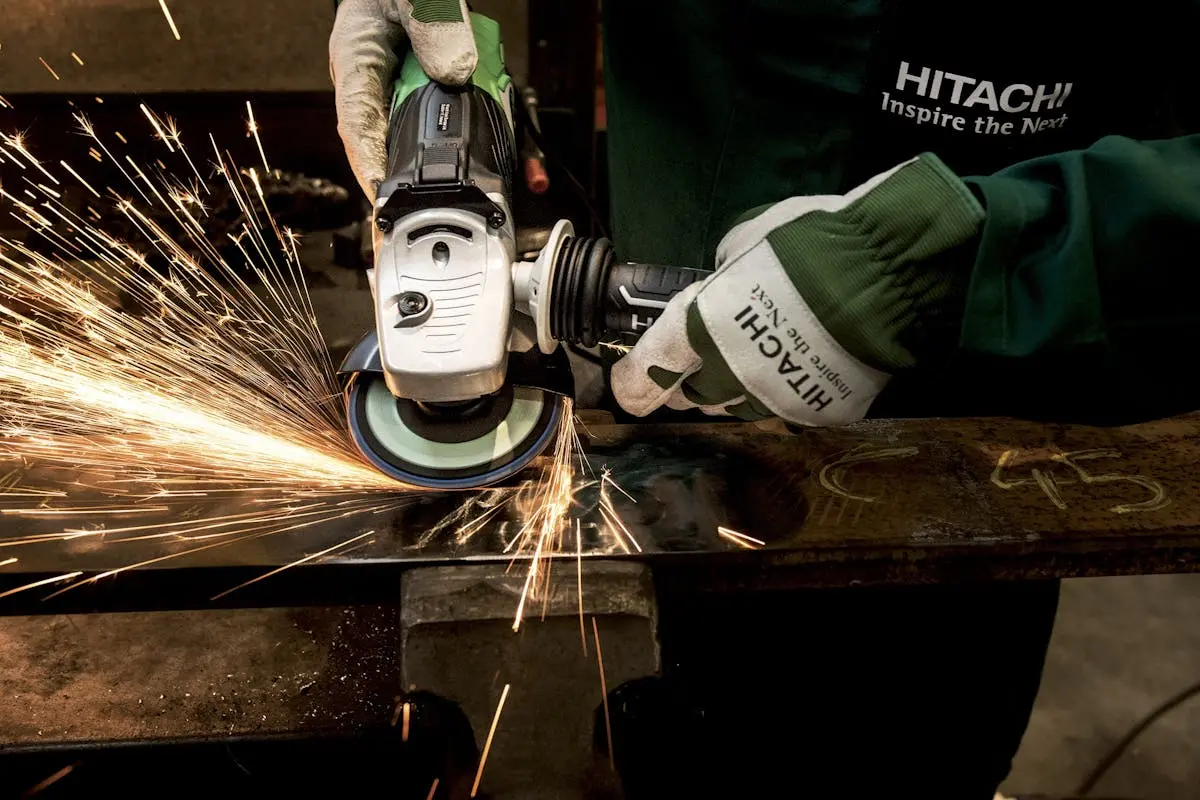Introduction to metal fabricated products
The variety of metal materials used
Metal fabricated products can be made from various materials. Companies use metals like steel, aluminum, copper, and titanium to create a wide range of items. Each metal offers unique properties and benefits for different applications. Steel offers strength and durability, aluminum provides lightweight properties, copper conducts electricity efficiently, and titanium delivers a high strength-to-weight ratio. Understanding these metal characteristics helps you choose the right material for a specific product.
Advantages of metal fabricated products
Metal fabricated products offer various advantages that make them a popular choice in different industries. Here are some key benefits:
- Durability: Metal fabricated products are known for their strength and longevity.
- Versatility: They can be customised to fit specific requirements, making them versatile for various applications.
- Cost-Effective: Despite the initial investment, metal fabricated products are cost-effective in the long run due to their durability.
- High-Quality Finish: These products often have a polished finish, enhancing their aesthetic appeal.
- High Resistance: Metals can withstand high temperatures, corrosion, and other external factors, ensuring product longevity.
Applications of fabricated metal products
Metal fabricated products have a wide range of uses in various industries. They are commonly seen in construction for structural frameworks and architectural features. Additionally, automotive and aerospace sectors utilize fabricated metal for parts and components due to its strength and durability. In household appliances, metal fabricated products ensure reliability and robustness. The manufacturing industry also heavily relies on these products for machinery and equipment. Metal fabrication plays a crucial role in creating customized solutions for different purposes, making it a versatile choice across multiple fields.
Common types of metal fabrication processes
Metal fabrication processes are varied and have unique qualities based on their application. Here are some common types:
- Cutting: Involves using machinery like lasers, plasma torches, or water jets to slice through metal.
- Welding: Joins metal pieces together using heat and pressure.
- Machining: Involves removing material from a metal piece to achieve a desired shape.
- Stamping: Uses a tool and die to form metal into a specific shape.
- Folding: Bends metal using a brake press to create angles and shapes.
Understanding welding in metal fabrication
In metal fabrication, welding is the process of joining two metal pieces together using heat. This heat melts the metal, allowing them to fuse and form a strong bond. In addition, welding is a crucial aspect of metal fabrication, as it enables the creation of complex structures and designs. There are several different welding methods, including MIG, TIG, and stick welding, each with its advantages and applications. Understanding welding in metal fabrication is essential for anyone working with metal products, as it plays a significant role in the quality and durability of the final product.
Sheet metal fabrication techniques
The industry uses several methods for sheet metal fabrication techniques. Some common techniques include welding, cutting, bending, and assembling the sheet metal to create different products. Here are a few key points to consider:
- The welding process joins two pieces of metal using heat.
- Cutting involves shaping the metal into the desired size or shape using tools like shears, lasers, or water jets.
- Bending is the process of shaping the metal by applying force to create angles or curves.
- Assembling involves putting all the pieces together to form the final product.
Understanding these techniques can help you appreciate the craftsmanship and precision involved in creating diverse metal fabricated products.
Finishing touches on fabricated metal products
To give fabricated metal products a polished look, they undergo finishing touches. These touches include painting, powder coating, plating, or anodizing the metal. Each finish provides unique benefits, enhancing both the appearance and durability of the products. Painting offers a wide range of color options, while powder coating provides a durable and environmentally friendly finish. Plating adds a decorative finish, while anodizing increases corrosion resistance. Choose the finish that best suits your product’s needs and enhances its aesthetic appeal.
Quality control and inspection in metal fabrication
Furthermore, quality control in metal fabrication is vital to ensure that the fabricated products meet the required standards. Moreover, inspectors carefully examine each product to guarantee it meets the desired specifications. Quality checks are conducted at various stages of the fabrication process to identify and address any issues promptly. Inspections also help prevent defects and ensure the final product is of high quality. Quality control measures help maintain consistency and reliability in metal fabricated products.
Conclusion: Choosing the right metal fabricated products
When choosing metal fabricated products, it’s essential to consider the specific needs of your project. Custom fabricated products offer tailored solutions but can be more expensive. Standard metal products are readily available and cost-effective for common projects. Material selection is crucial, as different metals offer varying strengths and properties. Don’t forget to factor in maintenance requirements for long-term durability. Lastly, quality assurance from the manufacturer ensures reliable performance and customer satisfaction.


